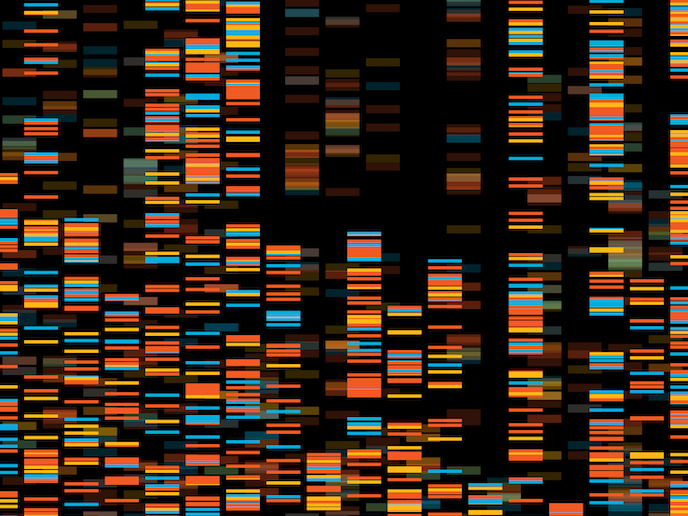Using stargazing AI to find skin cancer
The gold standard for detecting skin cancers is still rather time-consuming and inefficient. Dermatologists must examine and monitor skin moles – naevi(opens in new window) – to spot early signs of melanoma (a type of skin cancer), and patients with many naevi must also learn how to self-monitor effectively. Total body photography(opens in new window) (TBP) is used to help this monitoring process, capturing a wide-field image of a patient under standardised conditions to ensure consistency across images. Yet follow-up reviews of patients are still conducted in person, with these images used only as a visual reference. Meanwhile, the incidence of melanoma is increasing across the globe. Early diagnosis is critical: over 95 % of those diagnosed early experience survival rates of five years or more, compared to far lower rates for those diagnosed in advanced stages. In the MOLEGAZER project, funded by the European Research Council(opens in new window), researchers have transformed an algorithm used to monitor the night sky into one which is able to spot changing moles and identify potential skin cancers on human skin. “MOLEGAZER is a project to automate the detection of naevi, monitor their evolution, and assist clinicians in the early diagnosis of melanoma,” notes Mark Sullivan(opens in new window), professor of Astrophysics at the University of Southampton.
How the algorithms scan the night sky
The algorithms used in the MOLEGAZER project find changes within astronomy images, such as exploding stars. “Our astronomical facilities survey the sky every few nights, detecting millions of stars and galaxies,” adds Sullivan. These algorithms find connected image pixels that differ from a background level and are monitored over time for changes in things such as their shape, size and brightness. The algorithms then locate interesting objects based on how these properties evolve.
Adapting the algorithms for skin imagery
In astronomy, the brightest objects are easiest to spot. “Unfortunately, naevi don’t glow!” says Sullivan. “Instead, we preprocessed our images so that the intensity of the naevus was enhanced relative to the rest of the body.” While the shapes of stars, galaxies and supernovae smoothly blend into the background, melanoma have a sharp cut-off. “This actually worked to our advantage, as simple edge detection algorithms could reliably segment naevi, and this information was then combined with our intensity maps to confidently select regions of interest for dermatological follow-up,” he explains. Through the MOLEGAZER project, the team curated a TBP data set of high-risk-of-melanoma patients, a critical resource that was used to train the algorithms. The researchers also created a database of all the skin features identified in those images.
Fine-tuning the AI for human skin
The researchers are continuing to refine and improve the algorithms in an active learning cycle, where dermatologists visually inspect images of regions where the algorithm is most unsure. This gentle nudging of the algorithms trains them to separate out abnormal naevi or melanoma more confidently from other benign objects on the patient. The next stage is to roll out and test the approach on more images of people – and with different skin types. Rubeta Matin(opens in new window), a consultant dermatologist at Oxford University Hospitals NHS Foundation Trust and part of the MOLEGAZER team, says: “This clinician-assist tool has massive potential to optimise monitoring in a significant proportion of the population who have more than 60 moles on their body and would otherwise find it very challenging to identify a suspected melanoma.”







